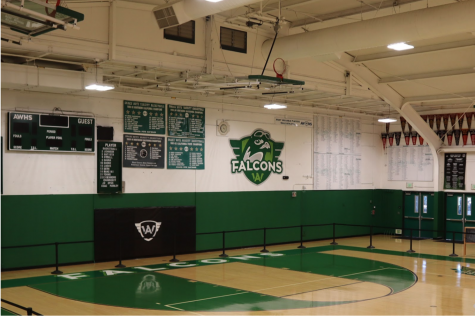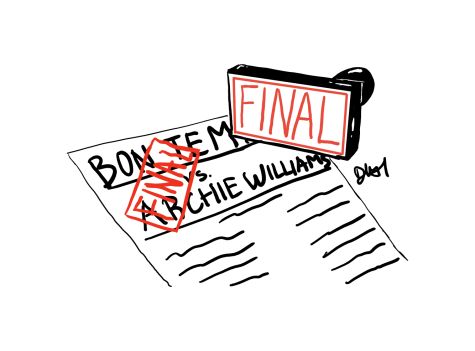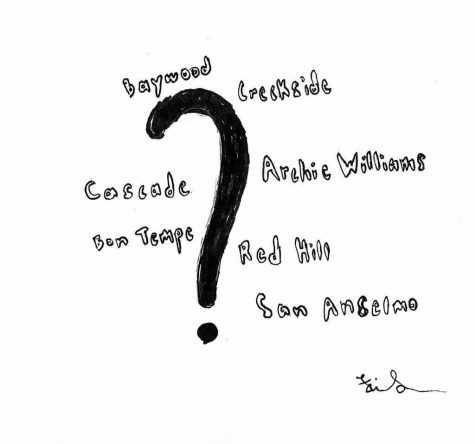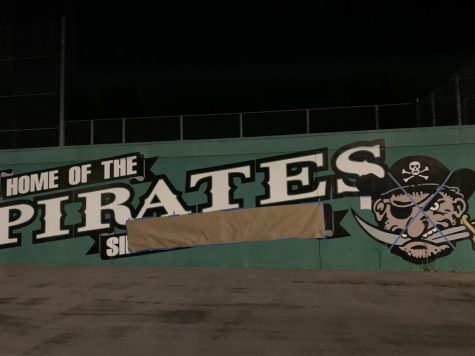Applied tech classes provide special opportunities
Applied technology offers creative and interesting electives. Students gain workplace skills and valuable project-based teamwork, according to applied technology department chair David Sondheim.
“I was expecting to learn just hte basics, but I learned far more,” said junior Chelsea Asher, who is currently raking web design and AP computer science.
The electives offered by the applied technology department are computer graphics, web design, video production, yearbook, computer programming, AP computer science, and engineering projects.
Students learn in computer graphics, web design and video production how to use technology to make creative digital artwork, applied technology teacher Rod Milstead said.
Yearbook teacher Jack Sims called yearbook “the finest example of project-based learning.”
To assess student satisfaction, an informal poll of 40 students, in computer graphics and web design was conducted.

Thirty-four believe that the classes allow them to be fully creative and 30 think the classes teach useful material.
“You’re pretty free for most of the projects to do what you want. You can be really creative and let your imagination soar,” said senior Colin Walker, currently enrolled in his second semester of computer graphics.
Projects in the electives include creating CD covers, posters, logos, graphics for the school web site and personal, school or business Web sites, according to senior Keason Holehan, who is taking his second semester of computer graphics.
Computer programming, AP computer science and engineering projects teach logic and problem solving skills.
“AP computer programming is a lot of work to get through, but it’s fun and satisfying,” Asher said.

Students use these skills to create programs in C++ or Java, the two most popular programming languages. Engineering students create projects ranging from electrical motors to human powered vehicles, according to seniors Steven Cross and Jenna Houston, both in their second year of engineering.
“The problem-solving skills students develop in programming and engineering improve students’ critical thinkers and improves their success in higher education and the workplace,” Sondheim said.
Teaching workplace skills is one of the department’s main goals, according to Milstead.
“The applied technology courses reach skills which are sought after by employers,” Milstead said. “They gain real world experience in time management, project management and the needs of a client.”
The preparation students receive includes teaching students many industry standard programs, such as Photoshop, Illustrator, Painter, Flash, 3ds Max, Dreamweaver and lnDesign, programs used by major businesses across the world.
Enrollment figures have remained steady in these classes with 145 students currently enrolled and 141 lase semester. Sondheim hopes to grow the program so that more students learn and benefit from the technology skills taught in these electives.
“I think there’s a need for students to better understand how easy it is to learn the skills and concepts caught in applied technology classes and how powerful char knowledge can be,” Sondheim said.
Your donation will support the student journalists of Archie Williams High School. Your contribution will allow us to purchase equipment and cover our annual website hosting costs. Each donation will receive a magazine subscription for a year (6 copies a year), and become a part of the important work our publication is doing.
$35 -- Subscription to the magazine
$50 -- Silver Sponsorship
$75 -- Gold Sponsorship
$100 -- Platinum Sponsorship









